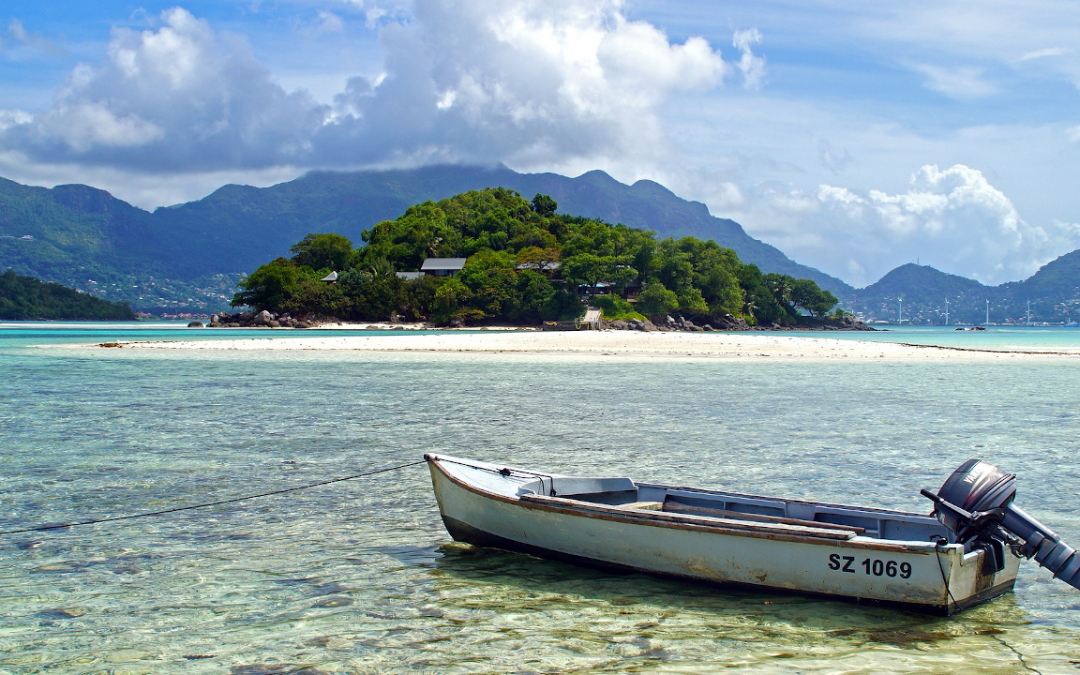The Smallest Countries In Africa?
Africa is a very large continent. In fact, there are more countries in Africa than any other continent, the current figure being 55. Many of those countries are relatively unknown to those in the west, like Eritrea for example. Others however, like Egypt and South Africa, are well known to all. The biggest country in Africa is Algeria, with 919 thousand square miles of territory. Only around 20 percent of Algeria’s land is actually inhabitable. But this article is not about the biggest countries – I’ve already done a list on that topic. Now we look at a mirror image of that, at the smallest countries in Africa. Most of the countries you’ll find on this list are actually small islands off the coast of Africa. Some have a smaller population than even a moderately sized city. Here are the ten smallest countries in Africa.
10: Burundi (10,745 sq mi)
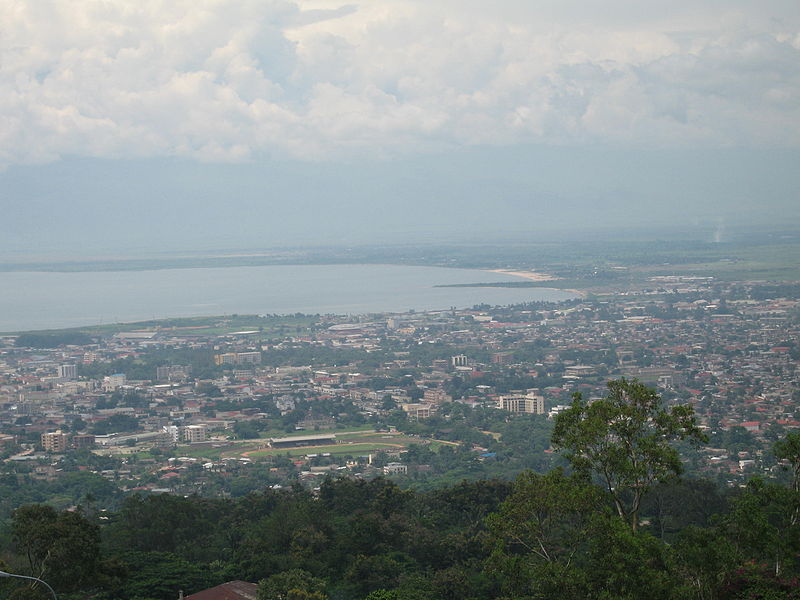
Sandwiched between the Congo and Tanzania, Burundi is a largely forgotten country once ruled by Belgium. Interestingly, Burundi has two capital cities, one of which serving as the economic capital while the other is the political base. There is not much good to say, sadly. It is ranked as the least happy nation in the world, as well as one of the poorest. Almost the entire country has been deforested and soil erosion is widespread. Despite being so small Burundi is home to more than 11 million people.
9: Rwanda (10,347 sq mi)
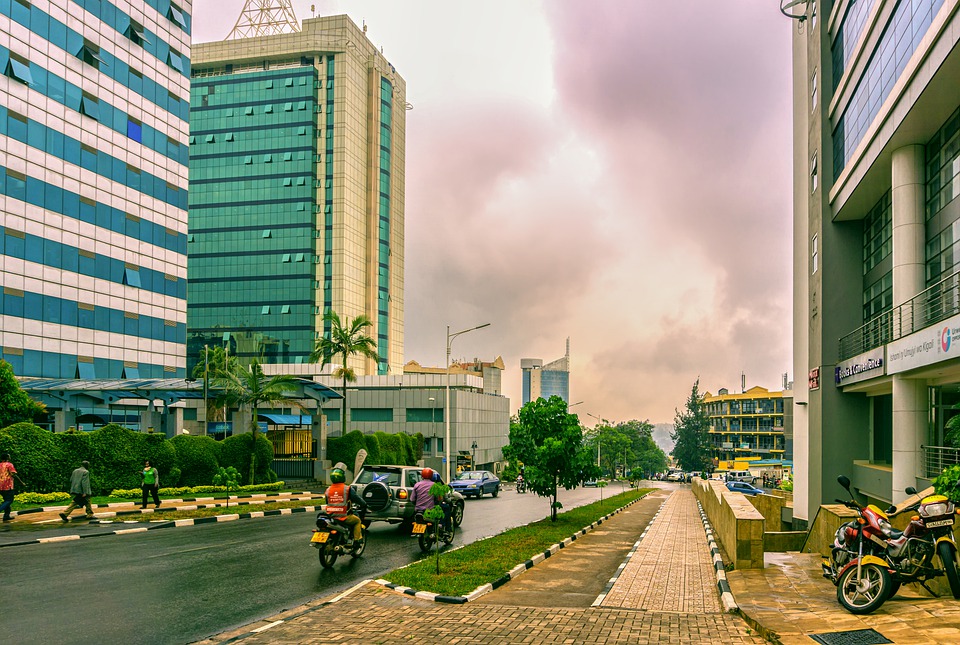
Rwanda actually borders Burundi but the situation here is very different. It is a stable country both politically and economically. Investing heavily in education, the Rwandan government set their country up nicely for the boom in service based business that would soon hit Africa. Today it has one of the fastest growing economies and highest quality of life in Africa. But in the 1990s few would have expected this. 1994 saw a mass genocide break out within the country due to a widening of ethnic divisions. In just 3 months more than a million people were killed, and many others became refugees. The entire country was devastated. It’s economy collapsed, it’s major settlements were in ruins, and in the eyes of other nations Rwanda was nothing more than a battleground. The progress made by Rwanda since then is simply incredible.
8: Djibouti (8,958 sq mi)
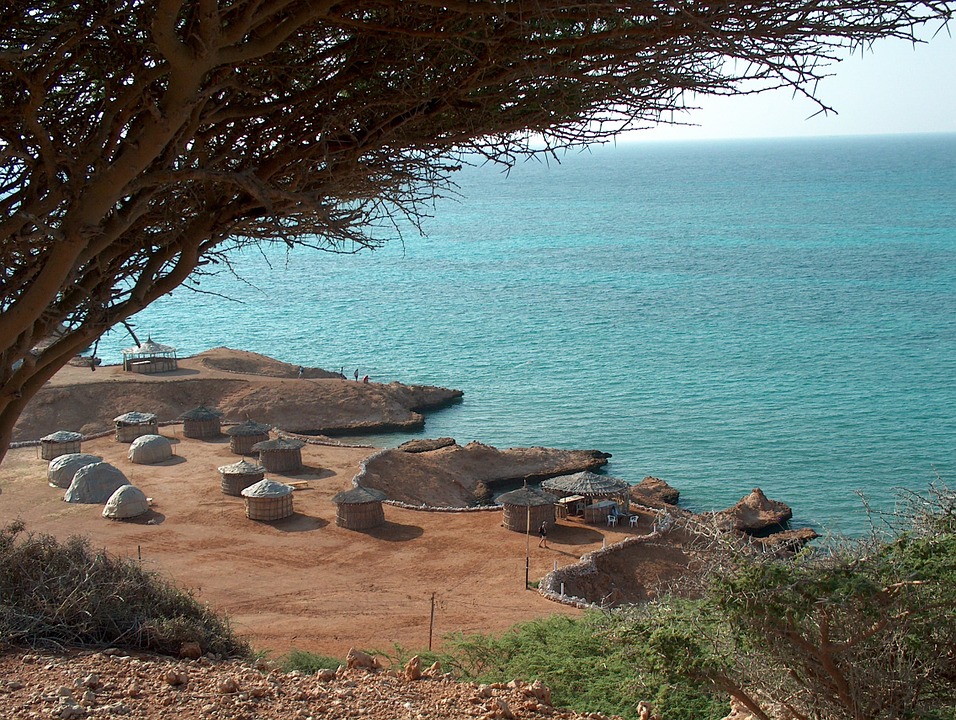
Djibouti is the smallest country in the horn of Africa. Yet it’s location gives Djibouti more power than a lot of much larger nations. Being so close to important shipping routes, multiple world powers have overseas military base here. The United States and France are among those world powers. Because of this and it’s proximity to shipping lines, refueling and supplying ships is a key part of Djibouti’s economy. So it’s a good thing there’s a lot of money in shipping. Named after it’s capital city, Djibouti has almost no natural resources at all. It’s only asset really is it’s ocean territory. Djibouti also has a population of just 920 thousand. But because of this the country has a pretty high GDP per capita, at around 2,000 US dollars.
7: Eswatini (6,704 sq mi)
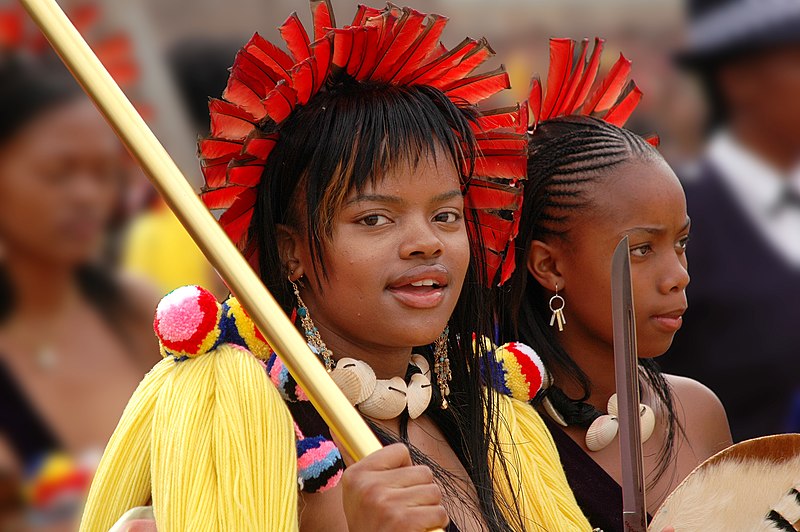
More commonly known as Swaziland, this tiny nation is almost entirely unknown to those outside of Africa. As it happens, Eswatini is the last absolute monarchy in Africa, being ruled by the current king since 1986. With the power to dissolve political parties and dismiss individual leaders, he rules with an iron fist. It is a very young country, with a median age of just 20 years old. This is owed to it’s extreme poverty and the prevalence of deadly disease. Despite being tiny, more than 1.1 million people call Eswatini home. Little natural resources and no access to the coast are among the factors ensuring it is a poor nation, as is corruption. Many wonder if it should even be a country, with little holding the state together other than the king himself.
6: The Gambia (4,008 sq mi)
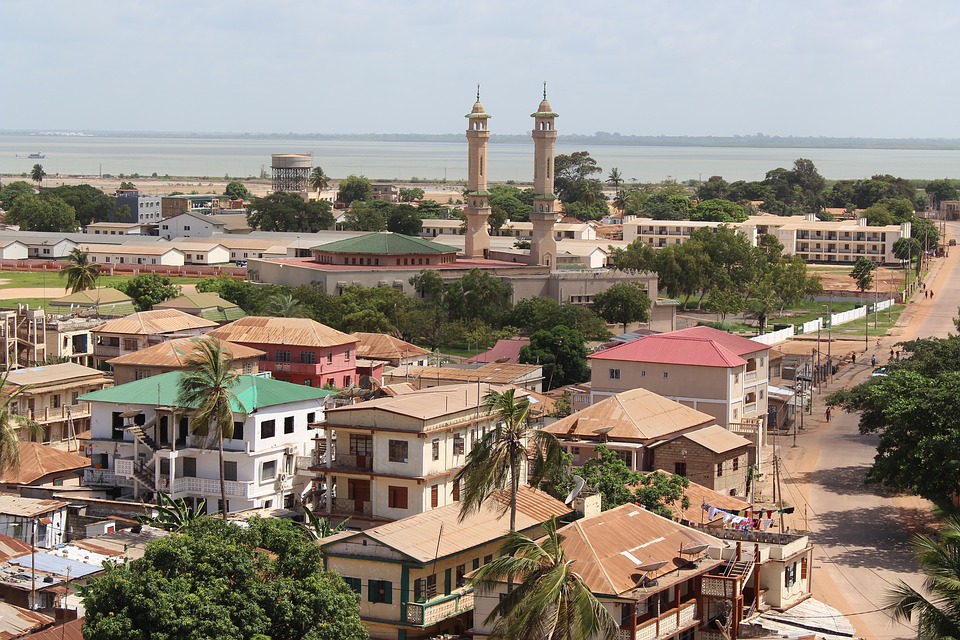
The Gambia borders one country, it’s much larger neighbor Senegal. A small slither of land running along the Gambia river, it’s establishment as an independent state was an accident of history. What would become The Gambia was part of the British empire, while Senegal was under French control. If not for this they would most likely be part of the same country now. Having control of the Gambia river, this small spit of land became a hub of commerce, and in a way made it a regional power. Perhaps this is why The Gambia has a relatively large population of 2.1 million. Still though, much of it’s population live in abject poverty.
5: Cape Verde (1,557 sq mi)
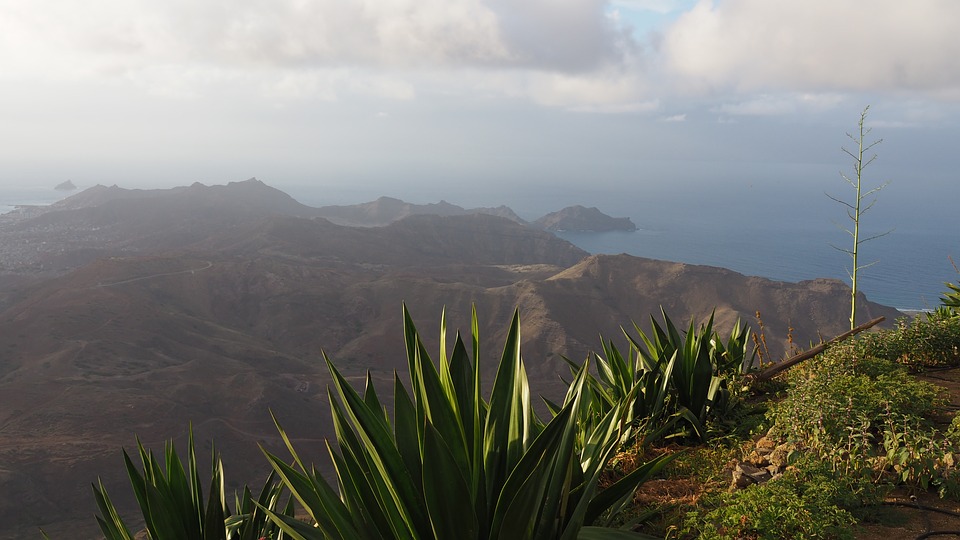
Cape Verde is an island country quite far off the coast of Africa, yet is still considered to be African. Ten volcanic islands make up this country, which explains their remoteness, and why they are one of the smallest countries in Africa. The islands were entirely uninhabited until they were discovered by Portuguese explorers in the 1400s. Due to it’s location making it a suitable midway point between Africa and the Americas, the Portuguese settled the islands in short time. They were actually part of Portugal until 1975, when Cape Verde became an independent country. Trans-Atlantic trade saw prosperous communities take root on the islands, especially with the slave trade. But this also made the area a popular hunting ground for pirates. Today there are less pirates, and more than half a million people live there.
4: Comoros (863 sq mi)
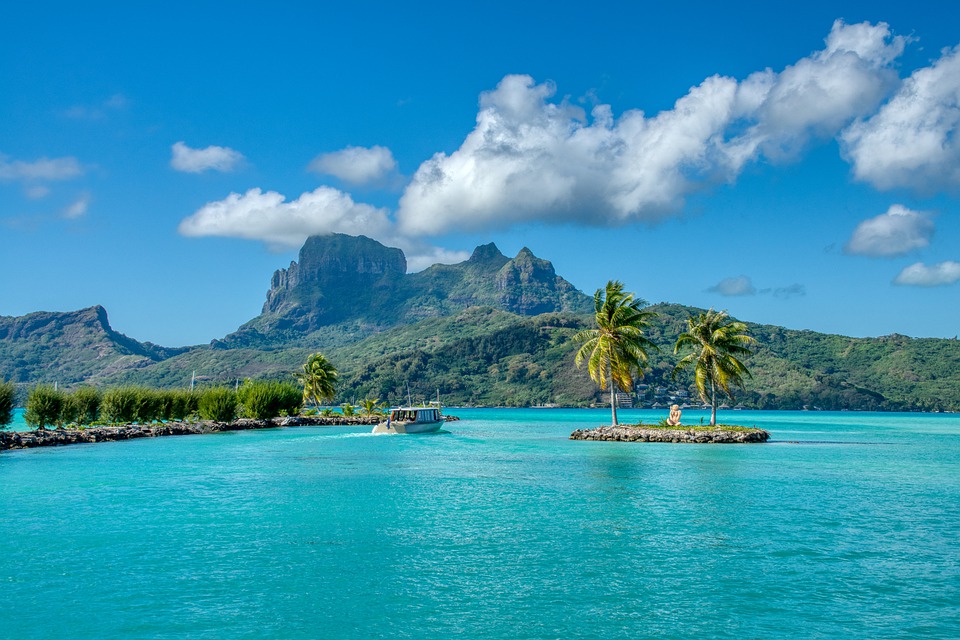
Another island nation, Comoros can be found between Madagascar and mainland Africa. Consisting of three major islands and many smaller islands too, Comoros has a population of 850 thousand. Being a majority Arab country, it’s population are almost entirely Islamic. This might sound rather strange given it’s geographic location. Comoros is in fact the only Arab country in the southern hemisphere. Perhaps it is this mix of peoples and it’s geography that has given rise to such a unique culture here in Comoros. For a long time Comoros was under French control, only gaining full independence in 1975. Despite having a very small economy, Comoros is actually relatively wealthy when compared to other African countries. This is attributable to it’s low population.
3: Mauritius (788 sq mi)

On the other side of Madagascar is an even smaller island country that somehow has a larger population than Comoros. Despite being just 788 square miles in land area, Mauritius controls more than 2 million square miles of marine territory. Amazingly, it is the only African nation where Hinduism is the largest religion, a hangover of it’s past within the British empire. It is also the only African nation to be ranked within the Very High category of the Human Development Index. This is an impressive achievement for a country with a GDP of just 15 billion.
Mauritius is famous as the former home of the Dodo. With no predators to attack them, this flightless bird had no fear of humans. It also apparently tasted quite good, so it was not long after humans arrived that they went extinct. However, the animal has become somewhat iconic. A Dodo is even featured on the coat of arms of Mauritius.
2: São Tomé and Príncipe (372 sq mi)
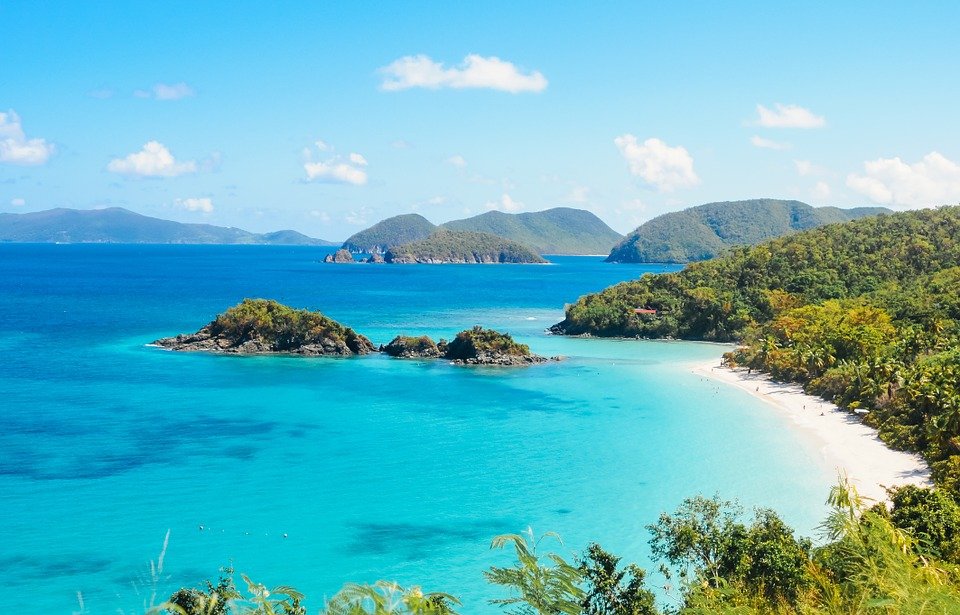
When it comes to the smallest countries in Africa, São Tomé and Príncipe is probably the one you’ve most likely never heard of. This country is made up of 2 main islands, separated by 87 miles of ocean. Like Cape Verde, the islands were uninhabited at the time of their discovery by Portuguese explorers. But the rich volcanic soil soon proved good for growing crops, making it’s settlement not only possible but commercially viable. Sadly it was a plantation economy, with slaves and their descendents doing all the heavy lifting. It was never stable politically or economically for this reason. Only when the country gained independence from Portugal in 1975. Unsurprisingly, São Tomé and Príncipe is the smallest Portuguese speaking country in the world.
1: Seychelles (174 sq mi)
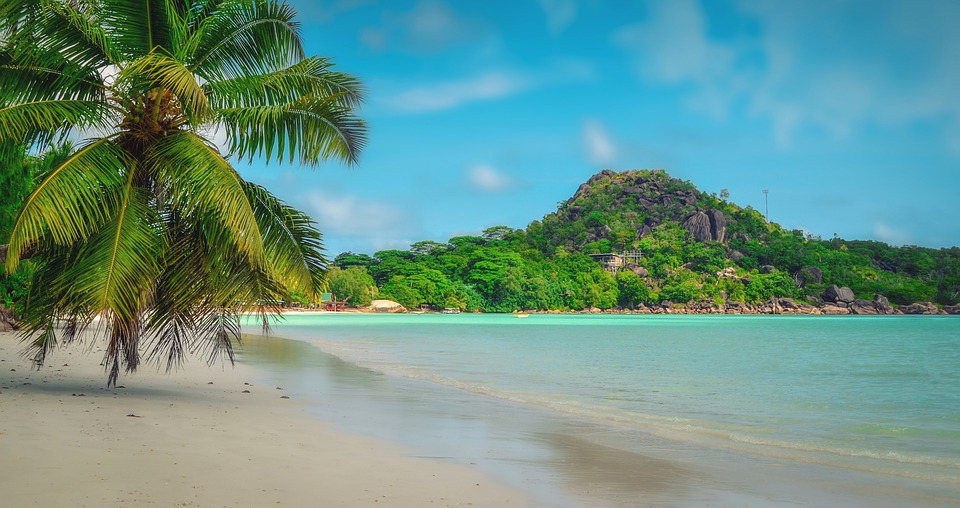
Seychelles, the smallest African country of all. Just 98 thousand people call this tiny but beautiful group of islands home. But despite the lack of physical land area, Seychelles consists of 115 different islands. Their economy is accordingly small also, with 60 percent of all exports being fish. Since gaining independence from the UK in 1976, tourism has also become a major part of their economy. The white sandy beaches, clear blue oceans and peaceful nature obviously make Seychelles an attractive destination. Since 1976 the economy of Seychelles has grown by almost a thousand percent. It seems the future is bright for this small country.

